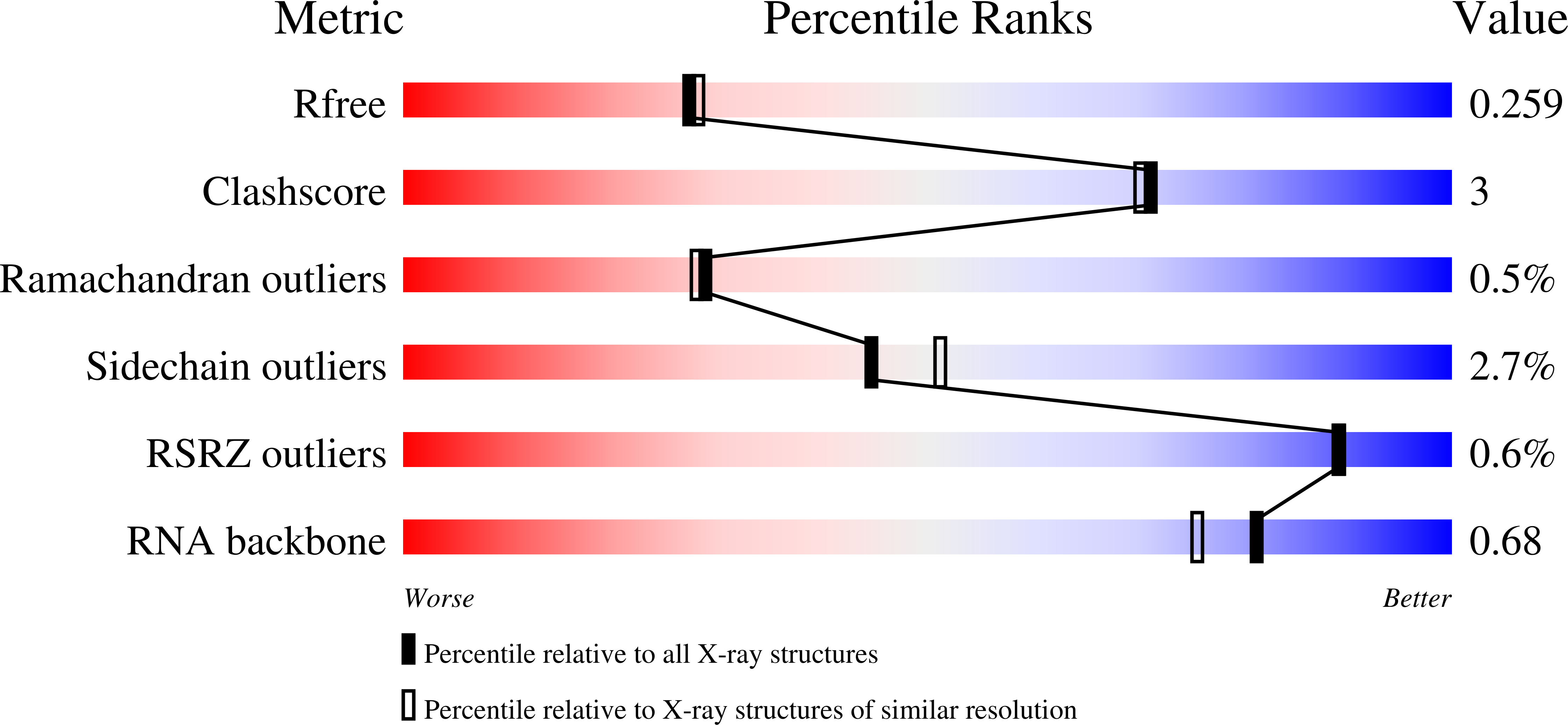
Deposition Date
2021-11-29
Release Date
2022-07-06
Last Version Date
2024-11-20
Entry Detail
PDB ID:
7SZU
Keywords:
Title:
Crystal structure of Pepper RNA aptamer in complex with HBC ligand and Fab BL3-6
Biological Source:
Source Organism:
Mus musculus (Taxon ID: 10090)
synthetic construct (Taxon ID: 32630)
synthetic construct (Taxon ID: 32630)
Host Organism:
Method Details:
Experimental Method:
Resolution:
2.24 Å
R-Value Free:
0.26
R-Value Work:
0.21
R-Value Observed:
0.22
Space Group:
P 21 21 21


